6 Tastes Of The Tongue

10 Fun Facts About Your Tongue And Taste Buds

10 Fun Facts About Your Tongue And Taste Buds

Baby Sensory Development Taste Babycenter

A Matter Of Taste Part 1 What Is Taste Reunion Coffee Roasters

Taste Anatomy Vector Vector Photo Free Trial Bigstock
3
The tongue moves food to help you chew and swallow.

6 tastes of the tongue. Kokumi has been promulgated by researchers from the same Japanese food company, Ajinomoto, who helped. Each contain thousands of microvilli, microscopic hairs that send signals back to the brain which can then perceives how any particular food tastes. See if different parts of the tongue are most sensitive to different characteristics of food (i.e., salty, bitter, sour, sweet).
When a clinician suspects taste problems in a client, the clinician may first think about conducting a taste test using the “tongue map.” This procedure involves swabbing a person’s tongue with various taste qualities (sweet, sour, etc.) and asking the person to name the taste. Instead of defining the six tastes according to our physical experience, Western medicine defines taste according to the presence of. Sensations of temperature, pressure, texture and pain are often heightened on the tongue when compared to the skin and the tongue is also capable of a unique sensory function – taste.
Salt is a necessary component to the human diet and enhances the flavor of foods. In Ayurveda, there are six tastes or Rasas:. If your tongue is bright red, on the other hand, it could be a warning sign for an infection or even a heart or blood disorder.
They are present in substances. We grew up believing the tongue had four taste zones:. Each one produces more strength (for the body) than the one which follows it.
As a further counter to the idea that different parts of the tongue. White tongue can build up over time or it might show up suddenly if you irritate your tongue or get an infection. Get examples of each of these tastes (for example, salty water, sugary water, vinegar or lemon for sour and onion juice for bitter).
It is a special sensory nerve Glossopharyngeal nerve (IX) – Responsible for taste from the posterior end of the tongue. The tongue is also used to form words for speaking. Ayurveda recognizes six tastes—sweet, sour, salty, bitter, pungent and astringent.
Our tongues have four basic types of taste buds:. The tongue also helps you form words. Taste buds are sensory organs that are found on your tongue and allow you to experience tastes that are sweet, salty, sour, and bitter.
The human tongue has eight muscles. You might also have a tingling sensation in the tongue and in your hands and. Record the judgment each time.
Biochemical studies have identified the taste receptors responsible for the sense of umami as modified forms of mGluR4 , mGluR1 , and taste receptor type 1 (T1R1 + T1R3) , all of which have been found in all regions of the. Supporting Strong Digestion Chewing:. Sweet, sour, salty, bitter and umami.
The moment a substance (food, medicine, or herb) touches the tongue, the first experience is taste, or rasa. The tongue is vital for chewing and swallowing food, as well as for speech. Your tongue may contain 2,000 to 8,000 taste buds.
The tongue is made up of a mobile group of muscles that is attached to the floor of the mouth. The ability to taste sweet, salty, sour and bitter isn’t sectioned off to different parts of the tongue. Digestion begins the minute you begin chewing your food.
The first stage of Digestion. Sweet, sour, salty, bitter, pungent and astringent. Umami can also be described by the term "meaty".
Any substance, be it chilli or milk, creates salivation and thereby taste. According to Ayurveda, the sense of taste is a natural guide map towards proper nutrition. However, it is impossible to apply such specific target-binding methods to detect.
In Ayurveda, there are six tastes that can be found in our diet:. Having low levels of vitamin B-12 or vitamin B-9 can make your tongue sore and swollen and affect your sense of taste. Sweet, sour, bitter, and salty.
Responsible for eyeball movement. The tongue has a rich nerve supply and part of the reason why the tongue is so sensitive is that it is lined with a delicate mucuous membrane. Ayurveda recommends including each of the tastes in every meal.
How exactly do your taste buds work?. There are five basic tastes identified so far, and the entire tongue can sense all of these tastes. The tongue contains tens of thousands taste buds (specialised sensory organs) that are segregated on the tongue according to the taste they are designed to interpret.
A fifth taste, called umami, results from tasting glutamate. The tongue map in which different tastes are distributed in different regions of the tongue is a common misconception. When taste buds were discovered in the 19th century, tongue cells under a microscope looked like little keyholes into which bits of food might fit, and the idea persisted that there were four.
The Tongue Map Myth. Ayurveda identifies the six tastes as sweet, sour, salty, pungent, bitter, and astringent. These tastes, along with a fifth taste called umami (savory), can be sensed on all parts of the tongue.
Circumvallate, fungiform, and foliate papillae are where the majority of taste buds are located within the oral cavity. Examples of foods rich in umami tastes include tomatoes, mushrooms, cheese, green tea, shell fish, and breast milk. The process involves a coordinated interaction between tastants in the environment and the microvilli of taste receptor cells in taste buds on the tongue.
It all starts with taste buds, the parts of the tongue that detect taste. Compromises to the perception of taste. The surface of the tongue is covered with small bumps called papillae.
Humans May Taste at Least 6 Flavors 1. FAKE- the average human tongue is 4 inches. Small bumps (papillae) cover the surface of back part of the tongue.
However, the average American tends to consume way more than needed (about 2-3 times above the FDA’s recommended daily limit), and our palates adapt to crave more salt. Sweet, sour, salty, bitter, pungent, and astringent. There are five different continents on your tongue that represent four of the five different taste sensations.
Saliva mixes with the. If your tongue is pale, it could mean that you have a vitamin deficiency. They also unlock the nutritional value of foods and kick-start the digestion process.
Between the papillae are the taste buds, which allow you to taste. Taste receptors in the mouth sense the five taste modalities:. FAKE- women have shorter tongues.
Tip of the Tongue:. Temperature, consistency, presence of contrasting tastes, presence of fats, color. Sweetness, sourness, saltiness, bitterness, and savoriness (also known as savory or umami).
The taste buds on the tongue are, of course, important for the flavor of food. The simplest taste receptor in the mouth is the sodium chloride receptor. The human tongue is divided into two parts:.
Until now, most research used human taste receptors (6, 33) or taste epithelium cells to achieve fast response time and notable sensing performance. Tongue cancer is a type of cancer that starts in the cells of the tongue, and can cause lesions or tumors on your tongue. Ayurveda encourages three meals a day:.
The notion that the tongue is mapped into four areas—sweet, sour, salty and bitter—is wrong. There are many different reasons for changes in the tongue's function and appearance. In some instances, the tongue may even take on the appearance of a strawberry with enlarged, red taste buds dotting the surface.
That 1 tastes bitter, 2 tastes sour, 3 tastes salt, and 4 tastes sweet. While the tongue's muscles guide food between the teeth and shape it so that it's digestible, the peripheral sense organ is perhaps better known for its role in the perception of taste.The tongue not only detects gustatory (taste) sensations, but also helps sense the tactile, thermal and even painful stimuli that give food its flavor. From Wikipedia, the free encyclopedia The myth of the tongue map;.
The four common tastes are sweet, sour, bitter, and salty. Well, stick out your tongue and look in the mirror. That cute little diagram of the tongue you might’ve seen in an elementary school science lesson, mapping out where tastebud receptors for sweet, salty, bitter, and sour are?.
You don't sense different tastes in different areas of the tongue. Our tongue is a precise laboratory for our health. To this day, the five basic tastes —bitter, salty, sour, sweet and umami (savory)—help ensure our survival.
It’s a type of head and neck cancer. Most people mistake the bumpy structures that cover the. Ayurveda identifies 6 Tastes by which all foods can be categorised:.
After placing the first food type on all four regions of the tongue and recording the student's responses, taste the next food. Here's a little geography lesson:. The six tastes are:.
It is a mixture of six tastes and consists of Jaggery, Neem flower, Pepper or chilli, Salt, Tamarind Juice. While all five can be detected by all of your taste buds, those that live in certain parts of your mouth have lower thresholds for certain sensations. Rinse the mouth with water between tastes.
The tongue map or taste map is a common misconception that different sections of the tongue are exclusively responsible for different basic tastes. The tongue is used for tasting, swallowing, and chewing food. The receptors that pick up these tastes are actually distributed all over.
In ayurvedic medicine we look to nourish each element and every tissue in the body by choosing foods that offers us six tastes, or sensations on our tongue, at every meal. Factors affecting flavor perception. Taste buds are also scattered across the roof of the mouth and the back of the throat.
Lighter meals at breakfast and supper and the largest meal when our digestive fire is at its peak around noontime. Acid reflux is irritating your tongue. Sweet, Sour, Salty, Bitter, Pungent, and Astringent.
Six tastes of food are sweet, sour, salty, bitter, pungent and astringent. Taste is believed to be one of the most pleasurable human special senses. However, taste buds also helped our ancestors survive in the wild.
One each for sweet, sour, salty, and bitter, but this is not the case. Therefore, if you notice any abnormal coloring to your tongue, be sure to have a medical professional take a look. The 6 Tastes of the Tongue:.
Tables S1 and S2 summarize recent studies on the artificial tongue that detects various tastes (4–7, 10, 33). Facial nerve (VII) – Responsible for taste from the anterior portion of the tongue as well as facial expressions and saliva secretion. It is easy to think of examples of sweet tastes (apple pie), salty tastes (potato chips) and sour tastes (lemons).
Taste buds are small organs, embedded in the tongue epithelium, that function in the perception of taste. A full course South Indian meal accomodates all the six tastes. It is a mixed sensory nerve Vestibulcoclear nerve (VIII) – Responsible for hearing and equilibrium.
The taste buds sit on top of the papillae but are not visible. Some mammals, like cats, use their tongue for cleaning and grooming!. White tongue sometimes happens along with a related symptom called hairy tongue.
Messages about taste are sent to the brain via two cranial nerves – one at the back of the tongue and one at the front. Ayurveda recognizes six tastes, each of which has a vital role to play in our physiology, health, and wellbeing. The sweet, sour, salty, pungent, bitter, and astringent tastes combine in countless ways to create the incredible diversity of flavors we encounter throughout our lives.
See all those bumps?. On the day of Telugu New Year, we prepare Ugadi Pachadi in home. Women have longer tongues than men.
Chewing is the first stage of digestion and having a clear & clean tongue. “The tongue map was a mistake from the get-go … a mistranslation from the early. Scientific experiments have demonstrated that these five tastes exist and are distinct from one another.
The blindfolded student judges the taste with the mouth still open so the food sample is not spread to other regions of the tongue. Sweet, sour, salty, pungent, bitter and astringent. - The mid-back palate is where you sense.
We use our tongues to distinguish between five basic tastes, i.e. But the thick furlike coating you see isn’t actually hair, it’s your papillae – small bumps containing your taste buds. The average length of a human tongue is 6 inches.
Taste buds detecting Umami are found in all regions of the tongue where taste buds are found. It was all a lie, said Steven Munger, a professor at the University of Florida’s Center for Smell and Taste, in a recent Reddit AMA. The latter is created by the presence of glutamate, which is contained primarily in high-protein foods such as meat, and is also used in the kitchen as a flavour enhancer.
“You may notice an acidic or bitter taste in your mouth, throat burning, or the sensation of a lump in your throat,” says Dr. Each person has between 5,000 and 10,000 taste buds, most of which are located in papillae — the small rounded bumps on the upper surface of the tongue. The element calcium is critical in our bodies for muscle contraction, cellular communication and bone growth.
Sweet, Sour, Salty, Pungent (spicy), Bitter, Astringent Our taste buds do much more than simply identify tastes. It is called as arusuvai in Tamil. Ayurveda identifies six taste by which all foods can be categorized:.
The American diet often has plenty of the first three- sweet, sour and salty—but is often missing the last three. Drink plenty of water. A muscular organ, your tongue does not contain a bone or cartilage and is capable of various muscular movements.

The Six Tastes In Ayurveda Banyan Botanicals

Why Every Meal Should Have All 6 Tastes Banyan Botanicals
Q Tbn 3aand9gcsupqhpbvddn1q2lgvcw5o6hkoiinvpktp5xkwcngtedavgza1n Usqp Cau

19 Lies You Were Told As A Kid That You Probably Still Believe
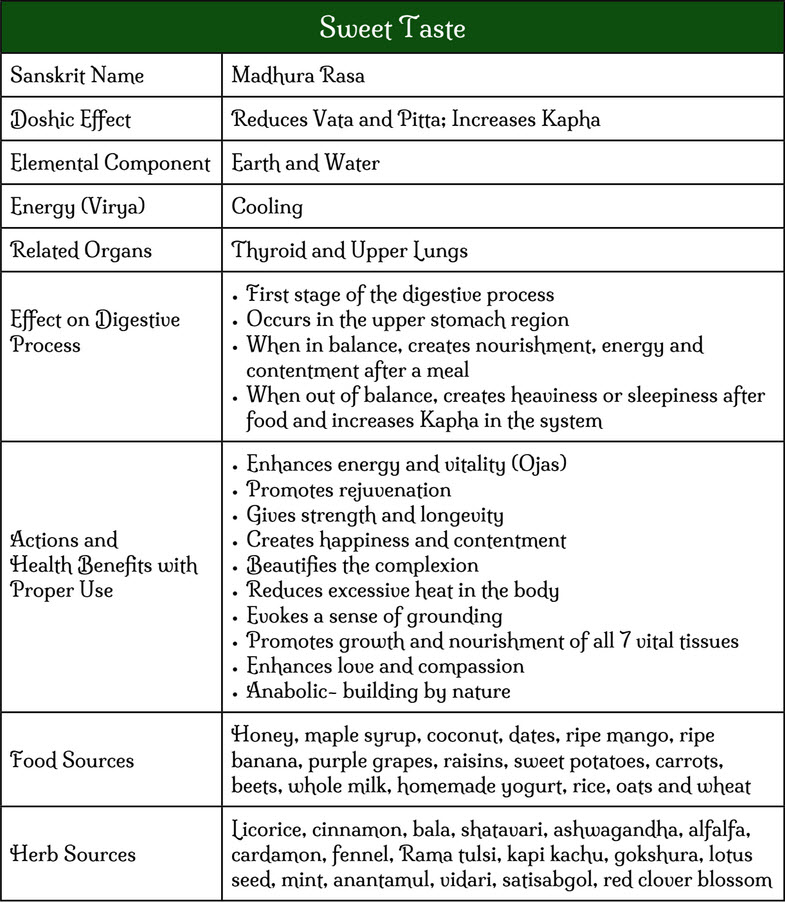
The Six Tastes Of Ayurveda And Their Essential Role On Our Health Svastha Ayurveda

Scientists Turn Tastes On And Off By Manipulating Brain Cells Youtube

Why This Taste Map Is Wrong Wired Youtube
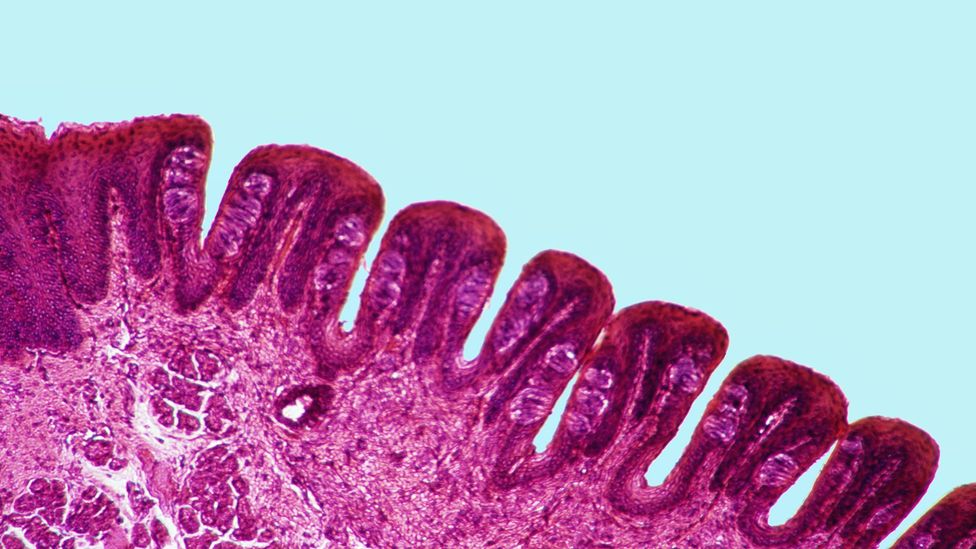
The Real Truth About Whether Our Tongues Have Taste Zones c Future
/https://public-media.si-cdn.com/filer/27/2a/272a2648-48dd-4f14-85ac-e9690170d5df/qhrzg8z6-1436203871.jpg)
The Taste Map Of The Tongue You Learned In School Is All Wrong Science Smithsonian Magazine

The 6 Tastes A Guide Map To Ultimate Nutrition Sukhavati Retreat
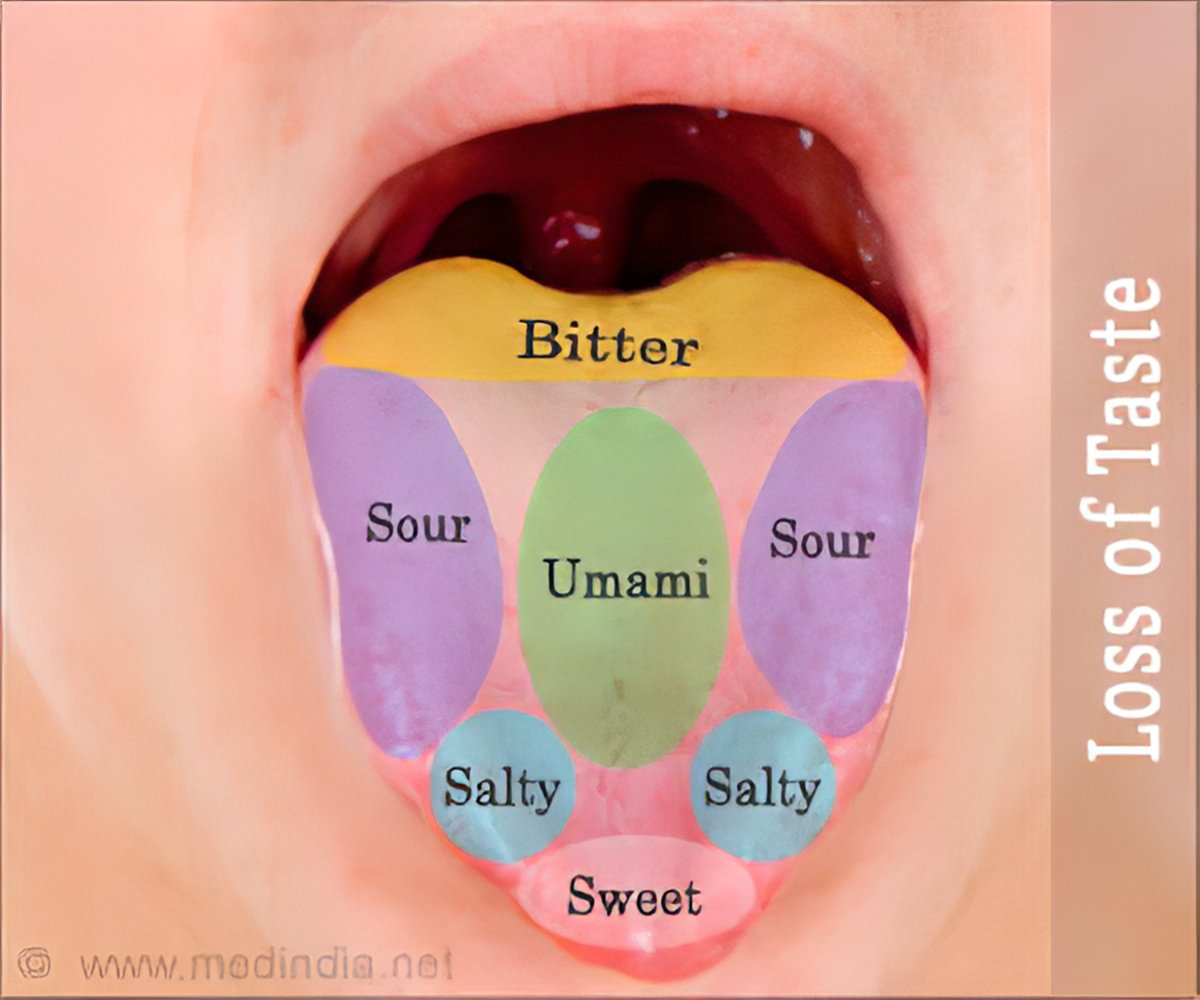
Loss Of Taste Symptom Evaluation

An Evolutionary Perspective On Food And Human Taste Sciencedirect

Soft And Ion Conducting Hydrogel Artificial Tongue For Astringency Perception Science Advances
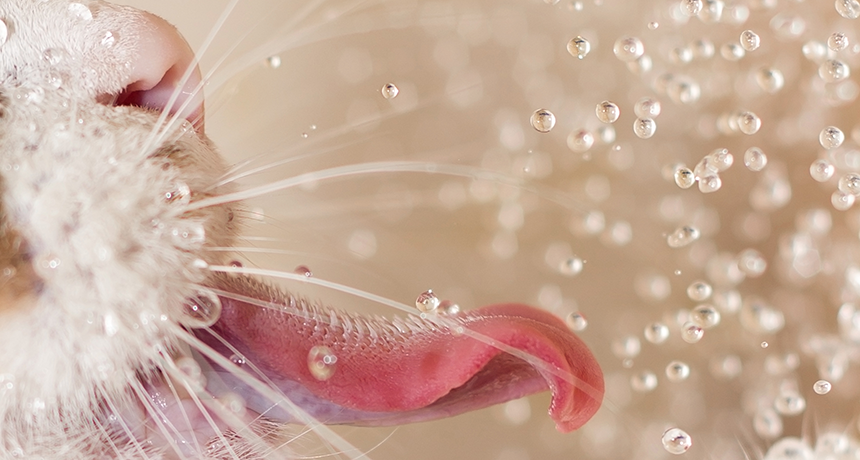
Tongues Taste Water By Sensing Sour Science News For Students

1st Grade The Sense Of Taste

Week 3 Taste And Smell 4 Taste Gustation Openlearn Open University Soa 1

Tip Of The Tongue Humans May Taste At Least 6 Flavors Tasting Flavors Human

Tastes Of Substances Acids Bases And Neutral Substances Siyavula

Sense Of Taste Explained Anatomy Snippets Complete Anatomy

Watch Wired News And Science Why This Taste Map Is Wrong Wired Video Cne

The 6 Tastes Vibrational Ayurveda

Human Tongue Anatomy Of Papillae And Taste Buds Circumvallate Download Scientific Diagram
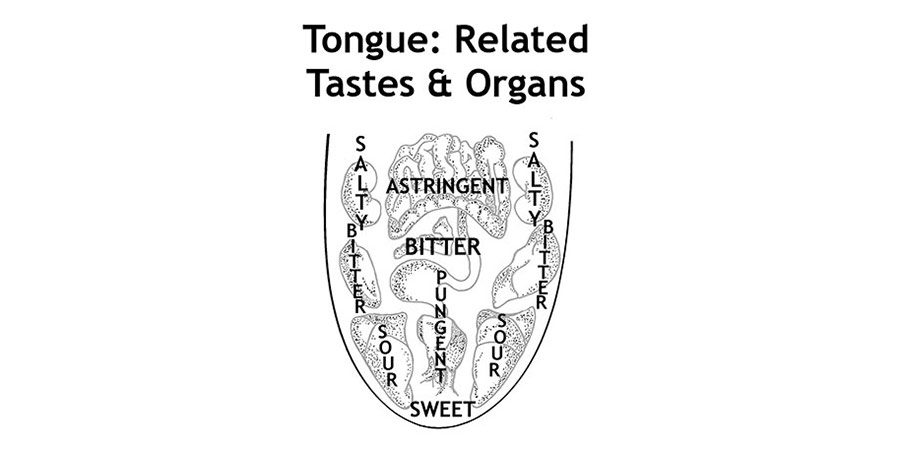
Astringent Taste Banyan Botanicals

The 6 Tastes Vibrational Ayurveda
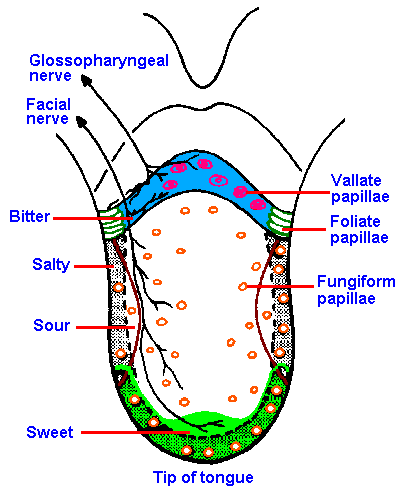
Chapter 10 Taste And Smell

How To Taste Wine And Develop Your Palate Wine Folly
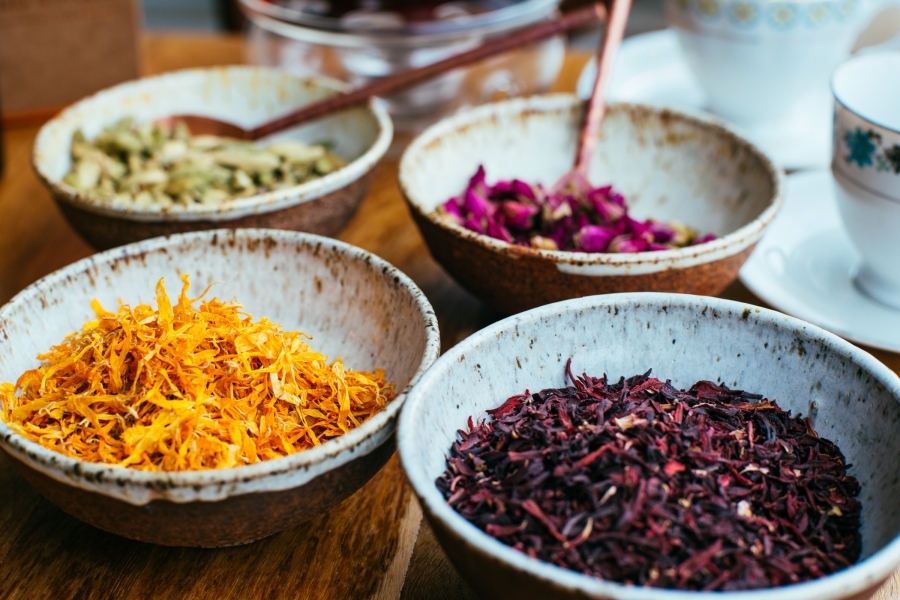
The 6 Tastes A Guide Map To Ultimate Nutrition Sukhavati Retreat

Test Your Taste Buds Fizzics Education
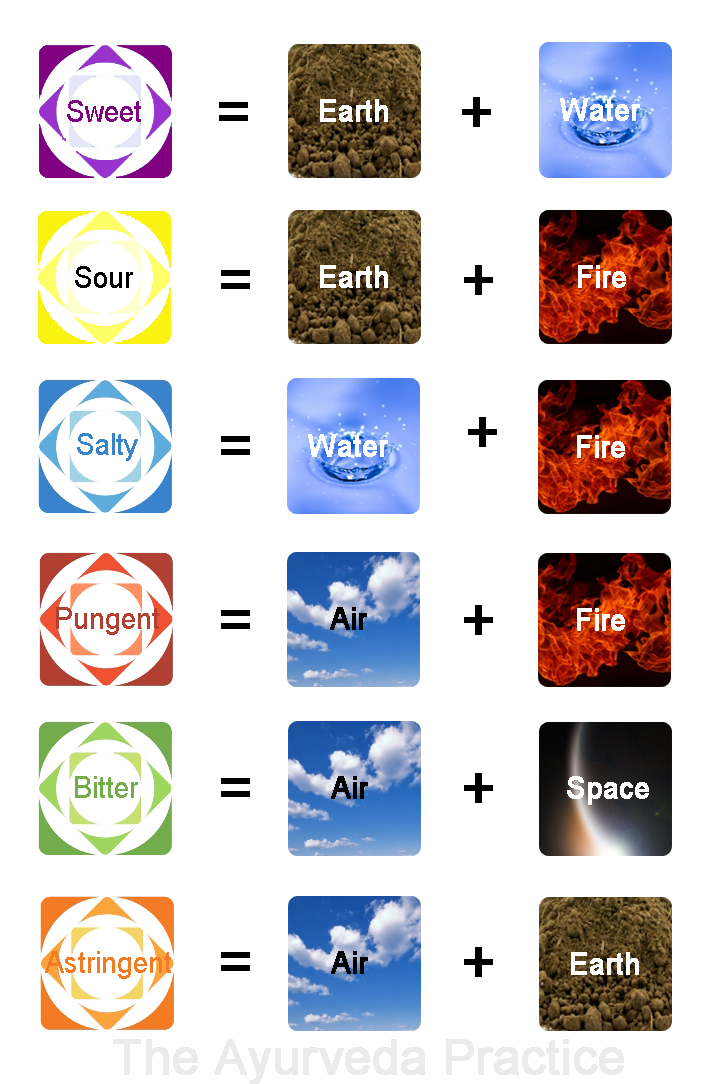
The 6 Tastes Of Ayurveda The Ayurveda Practice

Tip Of The Tongue Humans May Taste At Least 6 Flavors But It Has A More Than Five Basic Tastes Sweet Sour Bitter Salty And Health Facts The Cure Hospital

Taste Wikipedia

Enology International
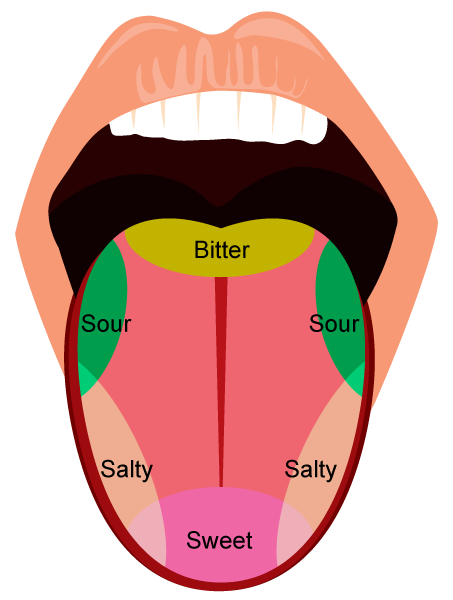
What Are Different Taste Bud Science Topperlearning Com 8dxn322
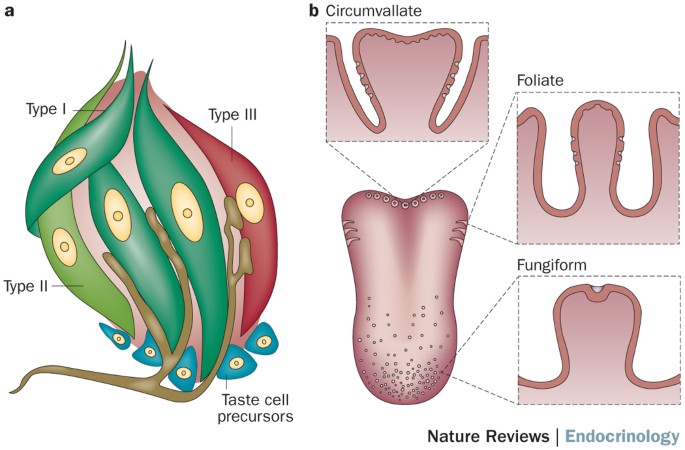
The Endocrinology Of Taste Receptors Nature Reviews Endocrinology

The Six Tastes The Prime Club

Nithya S Nalabagam Six Tastes Of Food Arusuvai Unnavu
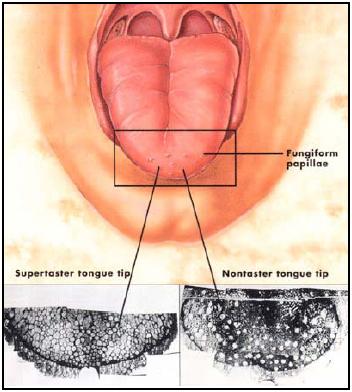
Prop And Taster Status

The 6 Tastes Of Ayurveda The Ayurveda Practice

10 Fun Facts About Your Tongue And Taste Buds
Does The Tongue Have Different Taste Zones Quora
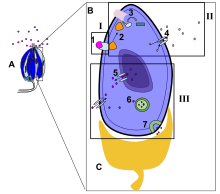
Taste Wikipedia

The Tongue And Taste Howstuffworks
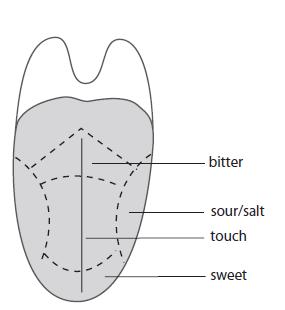
The 12 Senses Sense Of Taste

Taste Touch Smell Proprioception The Somatosensory System Video Lesson Transcript Study Com

Living Ayurveda Rasa The Six Tastes Of Ayurveda Salty Vidya Living
Q Tbn 3aand9gctw8c1dma1vtwdkrzw6dsshyvoncklozjqwllurwv 1hkio6k2b Usqp Cau
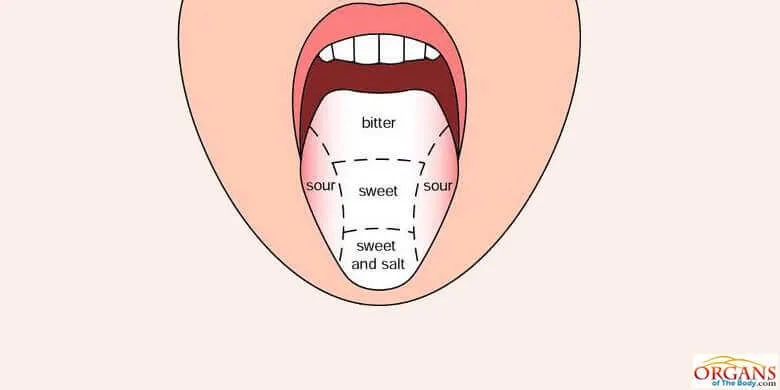
Human Tongue Parts Functions With Details And Diagram
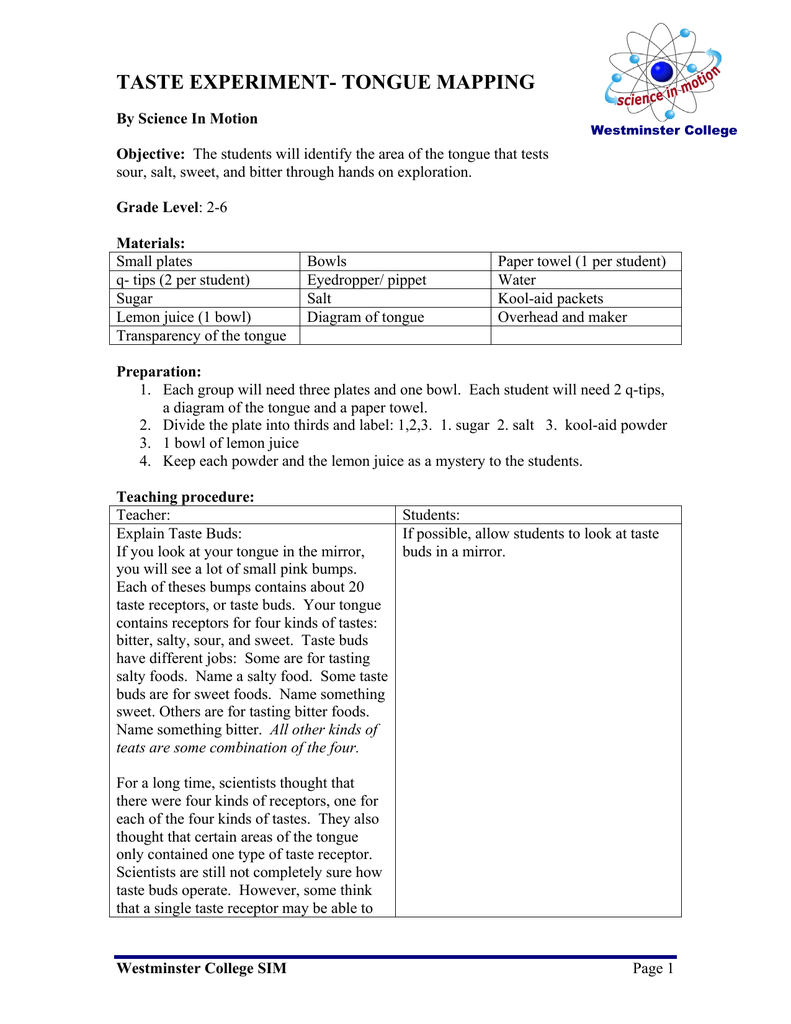
Taste Experiment Tongue Mapping
Q Tbn 3aand9gcqyvuilcgk0dnytj7kujpl5 U3y57jd Cys9naty Joo W7yq9i Usqp Cau

Human Tongue Taste Receptors Of The Tongue Are Present In Papillae Royalty Free Cliparts Vectors And Stock Illustration Image

Your Tongue The Taste Maker Youtube
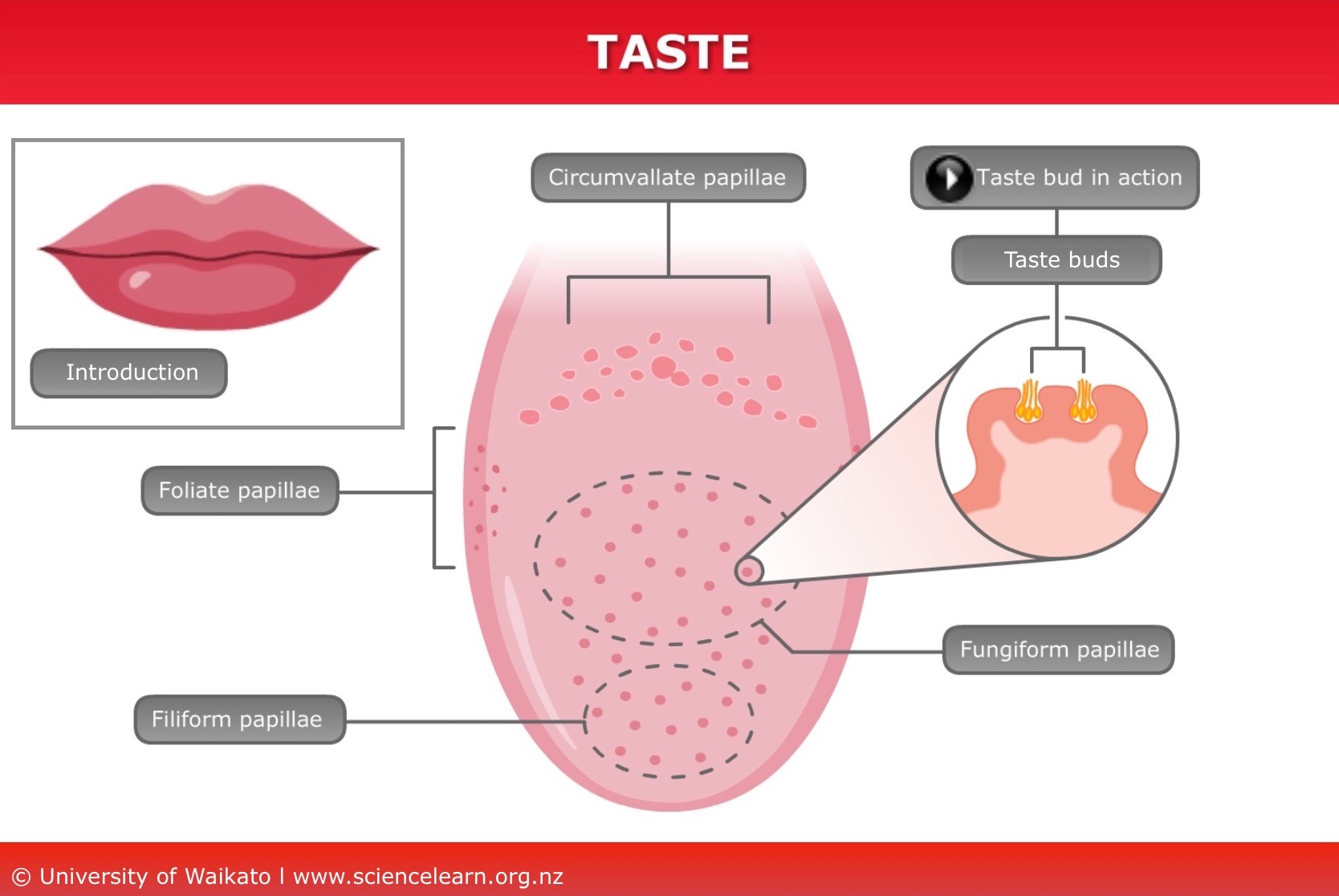
Human Taste Science Learning Hub

Can A Bitter Taste Be Detected Outside The Tongue Frontiers For Young Minds

Listen Your Taste Buds Are Talking Is Bitter Better Find Out Why Fat Cholesterol Salt Are Good For You
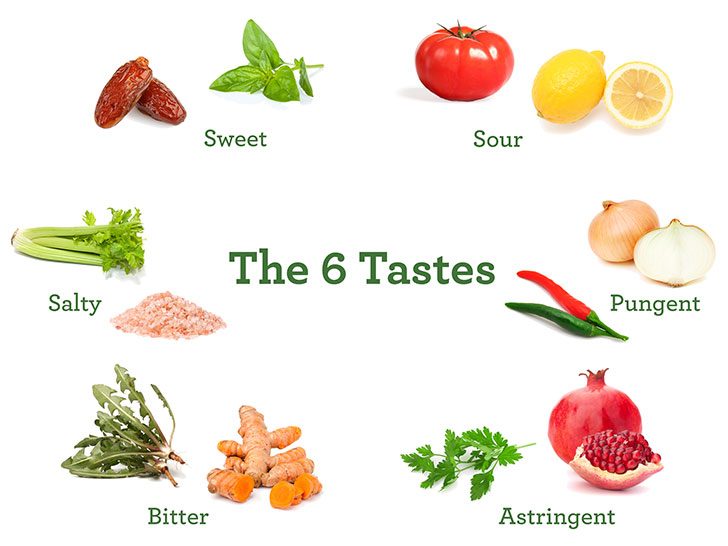
The Six Tastes In Ayurveda Banyan Botanicals
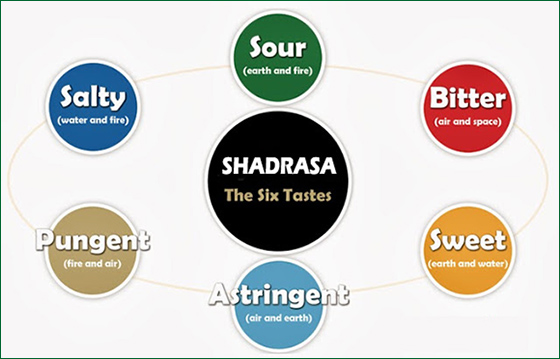
Shadrasa Six Tastes In Ayurveda

Nithya S Nalabagam Six Tastes Of Food Arusuvai Unnavu
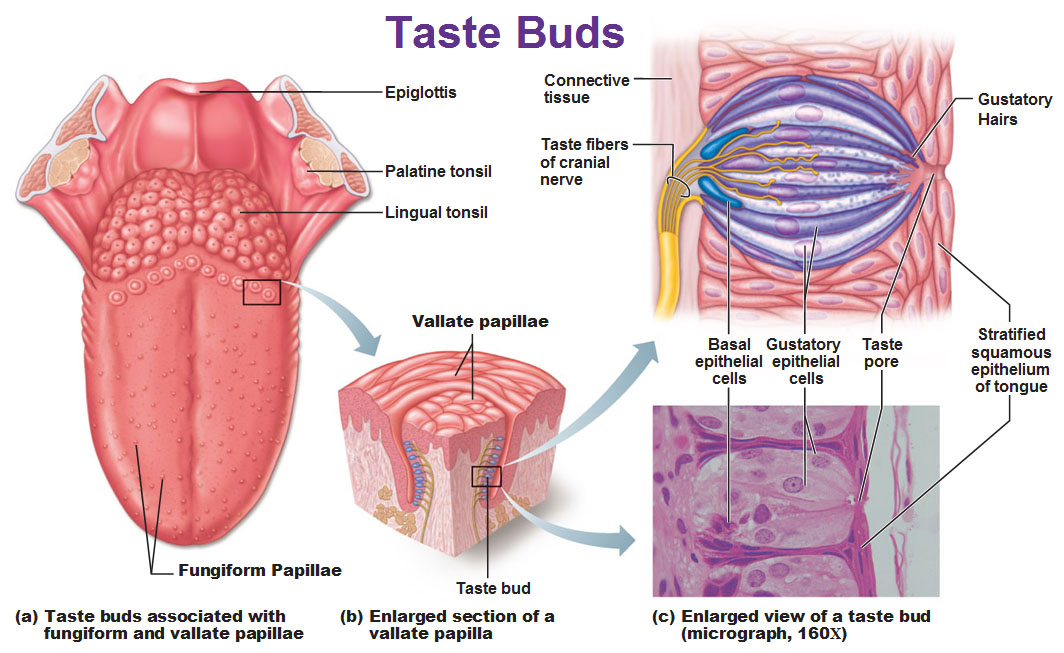
Sensory Organ Tongue Taste Ssds Science14 5775

At Home Science Experiments Tongue Map Scholastic Parents

Structure Of The Tongue Functions Of The Tongue What Are Taste Buds Youtube

Concept Of 6 Tastes Or Rasa In Ayurveda

Ayurvedic Tastes And Taste Receptors In Body Sakshi Rajole 138 Svt Ayurnutrition

Are Kids Taste Buds Different From Adults Howstuffworks

Take Back Your Taste Buds Experience Life
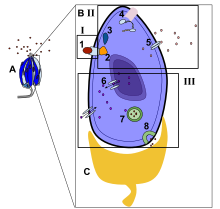
Taste Wikipedia

The Six Tastes Of Ayurveda Pukka
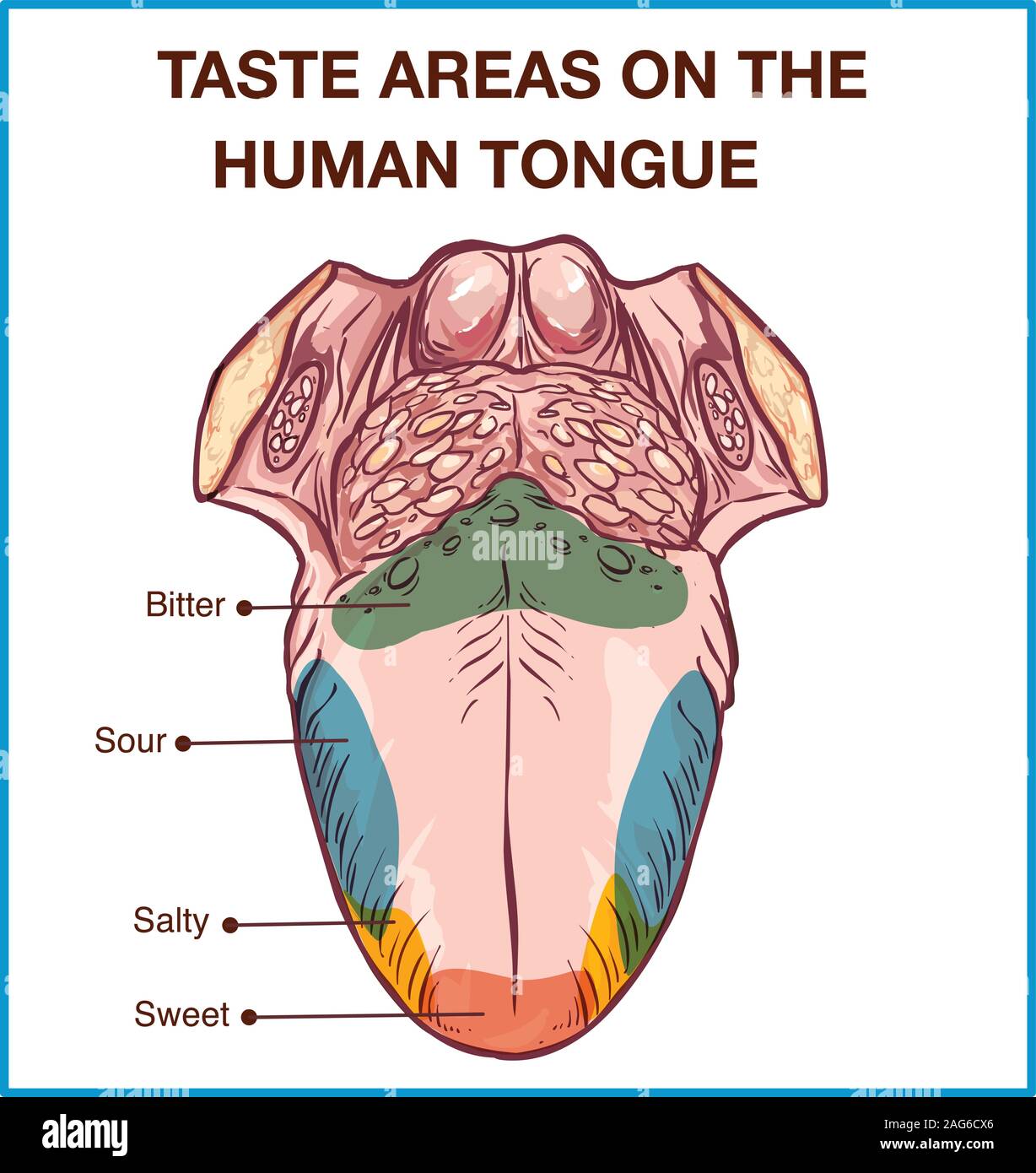
Taste Buds Human Tongue High Resolution Stock Photography And Images Alamy

Ayurvedic Nutrition The 6 Tastes Ayurveda Dublin
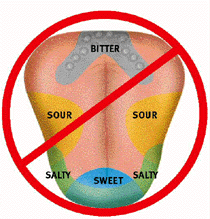
Myth 6 Your Tongue Has A Taste Map Sciencegeekgirl

Ayurveda 6 Tastes Of Tongue Chart Ayurveda Acupuncture Ayurvedic

Get The 6 Tastes In Your Life To Prevent Disease By Eat Breathe
Ayurvedic Nutrition The 6 Tastes Mas Ayurveda
Taste Wikipedia

Taste The Sense That Founded Pharmacology Indus Valley Ayurvedic Centre

Ayurvedic Nutrition The 6 Tastes Ayurveda Dublin

6 Tastes Of Ayurveda
Tongue Map Wikipedia

Different Regions Of The Tongue According To Ayurvedic Concept Source Download Scientific Diagram

The Senses Taste Alimentarium

Six Tastes Of Ayurveda Ayurvedic Diet Maharishi Ayurveda Ayurvedic Diet Ayurveda Maharishi Ayurveda
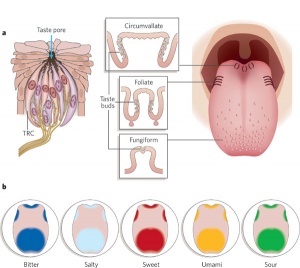
Sensory Taste Development Embryology
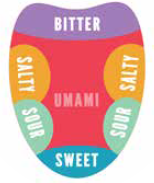
The Five Basic Tastes

The Six Tastes Of Ayurveda Maintaining The Balance Youveda
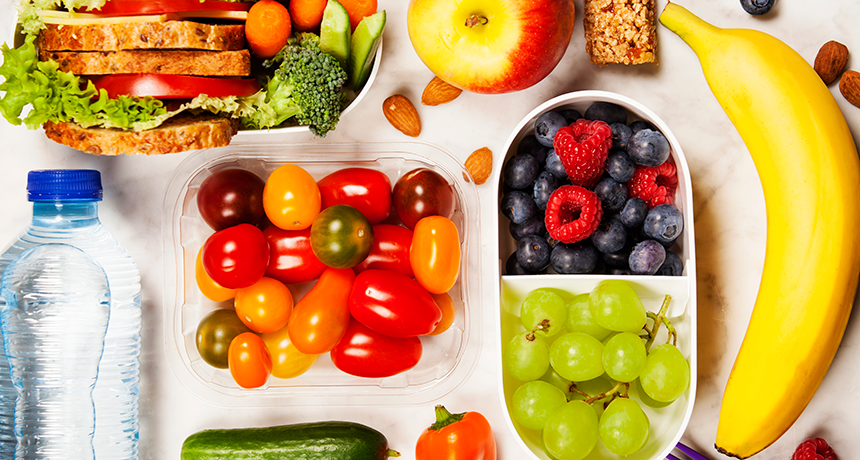
Explainer Taste And Flavor Are Not The Same Science News For Students

10 Fun Facts About Your Tongue And Taste Buds
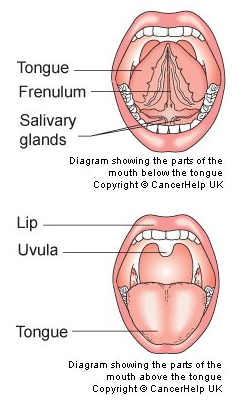
Sensory Organ Tongue Ssds Science
Http Web Iitd Ac In Sumeet Taste Pdf

Taste Experiment Westminster College

Kokumi The Sixth Taste

Tip Of The Tongue Humans May Taste At Least 6 Flavors Live Science
Umami Wikipedia

Taste Buds Human Tongue High Resolution Stock Photography And Images Alamy

Why Every Meal Should Have All 6 Tastes Banyan Botanicals

Taste Receptor Wikipedia

Let S Talk About Taste Scientific Scribbles
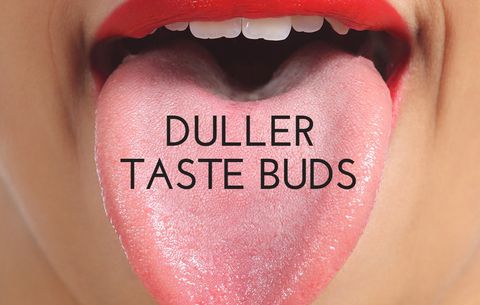
5 Crazy Things That Happen When You Don T Brush Your Tongue Women S Health

The Bittersweet Truth Of Sweet And Bitter Taste Receptors Science In The News

Ayurvedic Nutrition The 6 Tastes Ayurveda Dublin



